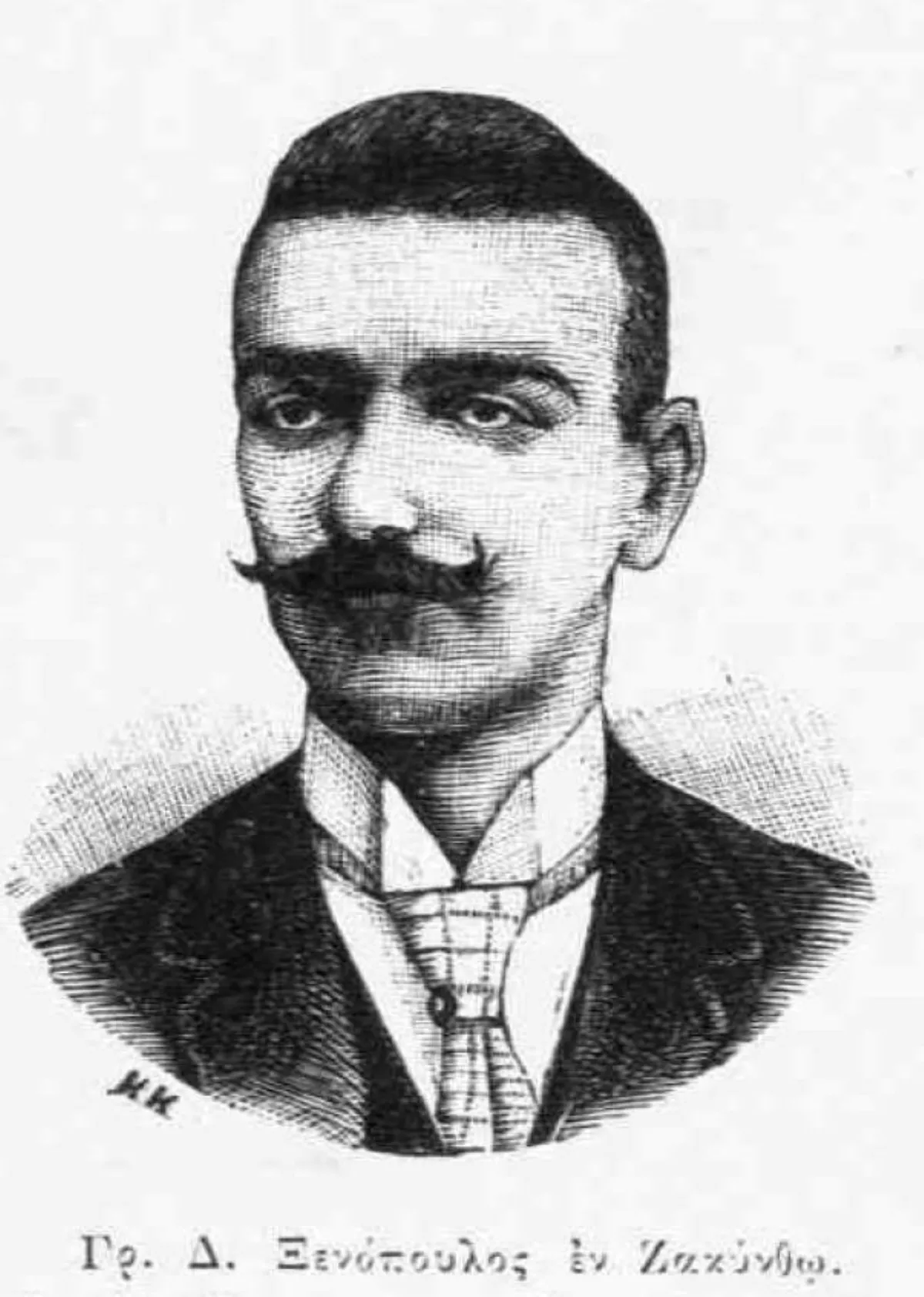 1.
1. Gregorios Xenopoulos was a novelist, journalist and playwright from Zakynthos.

 1.
1. Gregorios Xenopoulos was a novelist, journalist and playwright from Zakynthos.
Gregorios Xenopoulos was lead editor in the magazine The Education of Children during the period from 1896 to 1948, during which time he was the magazine's main author.
Gregorios Xenopoulos was the founder and editor of the Nea Estia magazine, which is still published.
Gregorios Xenopoulos became a member of the Academy of Athens in 1931, and founded the Society of Greek Writers together with Kostis Palamas, Angelos Sikelianos and Nikos Kazantzakis.
Gregorios Xenopoulos was born on 9 December 1867 in Constantinople.
The family moved to Zakynthos soon after, where Gregorios spent his youth until 1883, when he enrolled in the University of Athens to study physics and mathematics.
Gregorios Xenopoulos never completed his studies: already in the first year, he had begun writing literature, which was his sole source of income at the time.
Gregorios Xenopoulos cooperated with several newspapers and magazines, in which he published many studies, articles, short stories and novels.
Gregorios Xenopoulos's house, including his library, was destroyed during the Dekemvriana clashes in Athens in 1944.
Gregorios Xenopoulos died in Athens on 14 January 1951 and was buried at public expense.
Gregorios Xenopoulos wrote over 80 novels and a large number of short stories.
Gregorios Xenopoulos's novels are set in Athens and Zakynthos, and he is considered to be a proponent of the "urban novel".
Gregorios Xenopoulos cooperated with the "Nea Skini" theatrical troupe of Konstantinos Christomanos.
Gregorios Xenopoulos wrote dramas and comedies with the common subject, love.
Gregorios Xenopoulos's work is a window into contemporary Greek society.
Gregorios Xenopoulos's works are categorized by the place that they were written, some in Zakynthos and the rest in Athens.
Gregorios Xenopoulos's work tried to find a balance between the Ionian School and the New Athenian School.